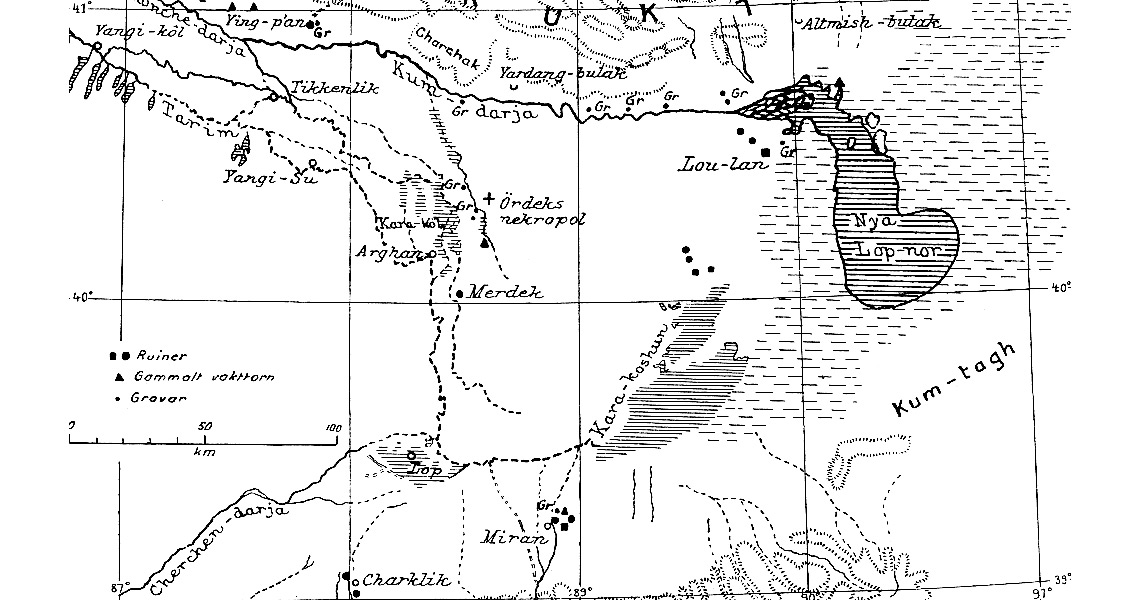<![CDATA[A recent study of archaeological artifacts uncovered at the Xiaohe (small river) Tomb complex in Northwest China provides the answers regarding how items (some found buried with the mummies) were really used by members of the ancient Chinese society buried there. The site dates back to the Bronze Age (1980 BCE) and houses approximately 300 tombs containing over 30 well-preserved mummies, which ranks it as one of the largest and oldest sites in the world containing mummies. The artifacts in question are wood carvings of male genitalia, (phalluses) which were discovered in the left hands of almost all of the 4,000-year-old female mummies along with cosmetic "sticks" which were found in small leather bags attached to their waists. The male mummies were also found with the same leather bags (including the cosmetic sticks) attached at their waists. The phallic carvings which so shocked researchers are as small as 4 centimeters long, and painted almost entirely red. The sticks were made out of cow hearts and were found to contain a red powder which chemical analysis proved to be hematite powder, an iron ore with a blood-red color. The paint on the wooden phalluses was comprised of the same material. According to the study, the color red is indicative of religious items and other symbols of worship. The research team concluded, and the study reported, that by using cattle hearts to daub red marks on their faces and on other objects including wooden phalluses and wooden vertical pillars, the Xiaohe people were practicing a significant and sacred (albeit extreme) form of religious behavior known as phallicism. As a result, the wooden genitals found at the burial complex were most likely utilized for religious as opposed to erotic purposes. Furthermore, using the heart as a tool to paint may also indicate that this socio-religious culture practiced “blood worship” as well. Phallicism (male organ worship) was a very common ritual in a lot of ancient cultures, and archaeologists often discover relics which represent sexual organs at excavation sites. In the case of Xiaohe the sexualized sculptures and relics can be separated into two different categories: phalluses used in tribal or social rituals, and those which served an erotic function (olisboi). Typically, size was the determining factor as to which category the phalluses belonged. The site was officially discovered in the early 1930s by a Swedish explorer (Folke Bergman) along with a local hunter who - two decades earlier - had accidentally stumbled upon it. The site was then lost for decades after it became obscured by the sands of the surrounding deserts which are constantly being shifted by desert storms. In 2003, archaeologists rediscovered the site in Lop Nur, located between two deserts - the Kumtag and Taklamakan - in China’s Xinjiang province. These latest artifacts were found by a research team from the University of Chinese Academy of Sciences in Beijing. Their findings have been published in PLOS ONE, a peer-reviewed journal administered by the Public Library of Science. Image: Permission cc-by-2.5 from the date 2006.08.23 by the keeper of the Sven Hedin Foundation Håkan Wahlquist, Box 27 140, SE-102 52 Stockholm, Sweden, Phone: +46-8-519 550 18, fax: +46-8-519 550 70, e-mail: hakan.wahlquist@etnografiska.se]]>
Erotic or Religious? Wooden Phalluses Were Both in Bronze Age China
